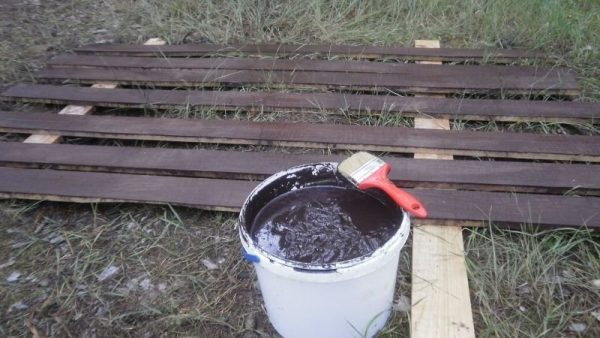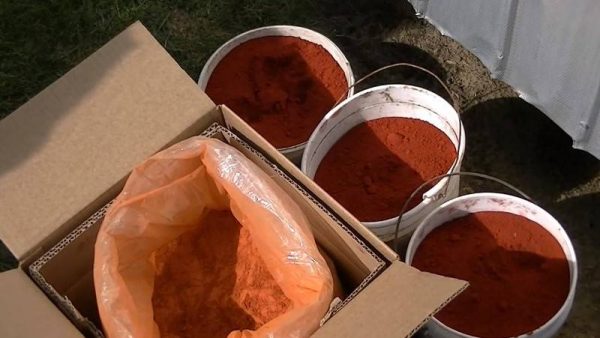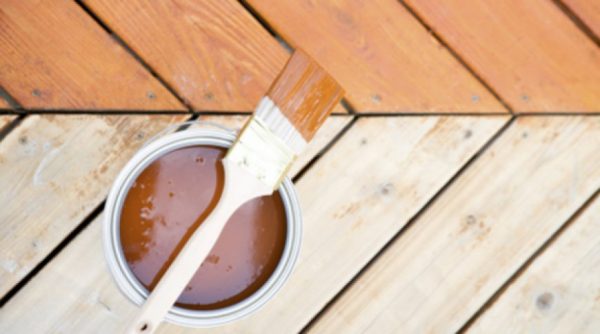Wooden buildings and architectural structures are in trend today, but their coloring and processing with special compounds that protect against external influences, rot, mold, fungi, wood-destroying insects turn into large expenses and annual chores. There is a simpler and cheaper way to get rid of all these troubles at once and keep a presentable appearance of a house, a bathhouse, a gazebo, a barn, a fence for years: these are paints that have been personally welded according to Scandinavian recipes.
- Cooking Swedish paint
- Mixing ingredients
- Manufacturing instruction
- Cooking Finnish Paint
- Mixing ingredients
- Manufacturing instruction
- How to paint Finnish and Swedish paint
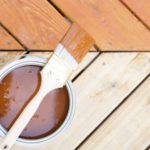
Cooking Swedish paint
In Sweden, they love houses made of natural wood. But they have to be protected from the effects of climatic conditions - in this cool kingdom, prolonged rains in the fall and frosts in the winter are frequent.
to contents ↑The Swedish team excellently protects buildings and keeps their appearance in excellent condition. You can weld such paint yourself.
Mixing ingredients
All components of Swedish paint are necessary and perform certain tasks. Therefore, the formulation must be followed. You will need:
- Flour (rye or wheat, you can choose the cheapest) - it contributes to the formation of paste - 1100 g.
- Plain salt for absorption regulation - 500 g.
- Iron sulfate will provide preservation of the painted surface, its resistance to external weather influences, wood-destroying fungus and blue stain - 500 g.
- Natural drying oil will also play the role of preservative. You can use old oil (linseed is better, but in extreme cases, sunflower oil is also suitable). Do not use an oxide - drying oil with the addition of solvent: the composition of it becomes dull and absorbed worse - 500 g.
- Iron red lead is the dye for your composition. Protects the surface from ultraviolet rays, that is, from burnout in the sun. It is allowed to replace the red meat with any other calcareous pigment containing iron and dry - this is ocher, iron oxide mummy, umber. Dyes for the Swedish composition are exclusively mineral.
- Water - 9 l.
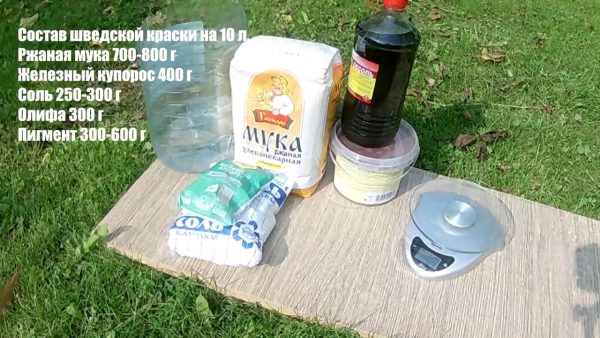
Manufacturing instruction
We heat 9 l of water, fill the flour and mix thoroughly to avoid lumps, as in the preparation of paste for wallpaper. Stirring will generally have to be done all the time. Next, we put the ingredients in the sequence of flour in the resulting flour “talker”: salt, vitriol, minium or other pigment, drying oil or oil, hot water. You can slightly reduce or exceed the 9-liter volume (keep in mind that too liquid composition is not needed, the consistency of village sour cream is optimal).
The consumption of Swedish paint is approximately 250 g per 1 sq. Km. m. Apply in two layers.
to contents ↑
Cooking Finnish Paint
In the northernmost European country, frosts, winds with cyclones, and summer rains are not uncommon. They love houses here - Finnish wooden architecture is popular all over the world. Countries with similar climates willingly borrow projects of Finnish architects. The composition of this paint is designed to protect buildings from rotting, mold and harsh weather conditions.
Mixing ingredients
To make the paint, you will need familiar ingredients. Note: the Finnish version is more budgetary than the Swedish version, due to the lack of drying oil in its composition. You will need:
- Flour - 720 g.
- Salt - 360 g
- Povoru dye and vitriol - until 1560
- Water again 9 liters.
Manufacturing instruction
Knead the "dough" (flour + water) - again achieving the "sour" effect. We pour hot water in small portions, gradually, to a volume of 6 liters. It is recommended to strain the resulting mixture. Then we put it on a slow fire, stir, monitor, so as not to bring to a boil. In the process of stirring, the right amount of salt, vitriol, dye is added. Boil the remaining water, add to the mixture. The composition for painting is ready. It consumes approximately 300 g per square. m, masters recommend applying it twice, like Swedish.
If you want to achieve an unusual shade, it is permissible to add other pigments (inorganic) to the composition:
- for more red color - brick powder (finely crush the brick);
- you can boil and evaporate sunflower seeds, flowers of cornflowers, walnut bark.
to contents ↑
How to paint Finnish and Swedish paint
Scandinavian compounds perfectly protect wood from rot and mold, do not require renewal for several years, without fading or peeling. Conventional oil paint collects moisture under the painted layer, and in a humid environment microorganisms that destroy the tree willingly multiply. But you need to cook and use Scandinavian colors correctly:
- When cooking, add all the ingredients without removing the composition from the fire. Use enameled dishes.
- Check the readiness of the paint by dipping a cleanly-cut sliver in it. Dry the “probe” in the wind or in the sun, try to erase the paint by hand. Holds - ready.
- If the surface was previously painted with an oil composition - it must be completely cleaned. Freshly planed wood must be tarred - resin will prevent the adhesion (adhesion) of the paint. For de-tarring, a solution of soda ash 5–10%, heated to 40–60 ° C, will be required - wipe the surface of the tree twice or three times with it, then rinse thoroughly with warm water.
- Swedish and Finnish paints are applied without preliminary primer.
- Do not let the composition cool - use it warm (you can wrap the container with it).
- If the mixture begins to thicken, it is permissible to dilute it slightly with warm water. Do not overdo it, otherwise the composition will become less durable.
- To paint a tree, take a suitable brush, and for plaster - a roller.
- It is recommended to stain in the afternoon.
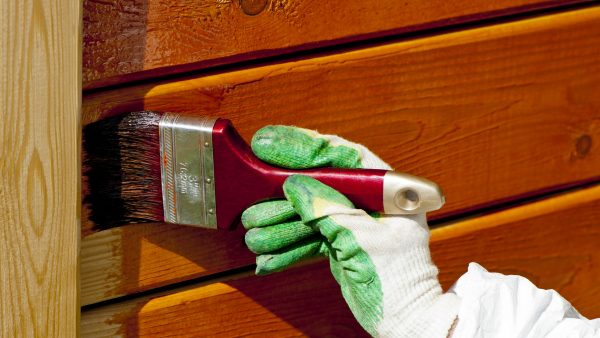
The preparation of Scandinavian paints is a simple process, and the effect is wonderful. Painted buildings and structures retain color for a long time, wood “breathes”, surfaces have an aesthetic appearance.

